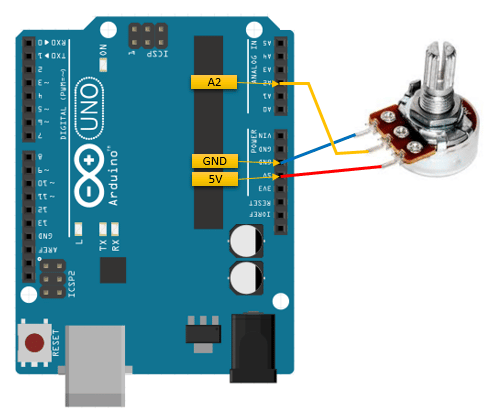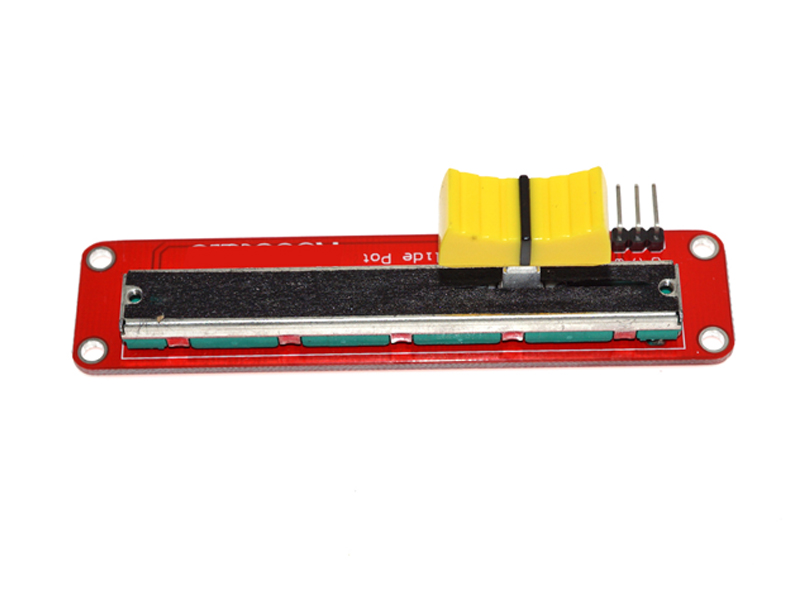

- #Arduino analogwrite precision install
- #Arduino analogwrite precision drivers
- #Arduino analogwrite precision series
Motor drivers and H-Bridge devices utilize this principle as well. This is called "level shifting" and there are standalone ICs which can do this job. I'm trying to set the brightness using PWM on the digital pins. If you want to make a higher absolute voltage, you will need an external power source and a method of translating the 0-5V output into another voltage range. analogWriteResolution() resolution in bits, Description, range of values passed to analogWrite() 8 (default), Arduino Uno compatibility mode, 0255 16. Arduino analogWrite () between two pins only working in one direction Asked 4 years, 3 months ago Modified 4 years, 3 months ago Viewed 981 times 3 I have a set of leds that are setup every other led reversed so when I apply power one way light 1,3,5. This is not possible using the Arduino by itself, because PWM represents a fraction of the maximum output, not an absolute value. It sounds like you might want to output a higher maximum voltage than what you get from using analogWrite(pin,255) on the Uno or Mega.
#Arduino analogwrite precision install
To use this library, open the Library Manager in the Arduino IDE and install it from there.

Create a new sketch (program) in the Arduino IDE.ĥ.The other questions so far have correctly addressed one possible meaning of this question, "how can I increase the resolution?" Here's another possible interpretation. Function analogWrite and Servo support for ESP32. Open the Arduino IDE and select the type of Arduino board you are using.Ĥ. Download and install the Arduino software.ģ. Connect your Arduino board to your computer with a USB cable.Ģ.

#Arduino analogwrite precision series
PWM in DC motors behaves like a series of pulses from a DC signal. The analogWrite( pin, value) function is used to write an analog value to PWM. It defaults to 8 bits (values between 0-255) for backward compatibility with AVR. It implies that the LED will turn on and off at a frequency that can be seen by humans. analogWriteResolution() sets the resolution of the analogWrite() function. The PWM in LEDs regulates the light’s frequency. PWM pins are frequently used to control DC motors and LEDs. In this project, we’ll be using the microcontroller’s output logic 1 level, which is +3.3 V.

It might be necessary for some applications to use external circuitry to boost the amplitude. The logic 1 level of the microcontroller output, which is dependent on the power supply voltage, typically controls the amplitude. In this manner, a microcontroller can manage the power supplied to the load. PWM is frequently used, among other things, to regulate the brightness of lights, the speed of electric motors, and ultrasonic cleaning applications.Ī PWM is essentially a digital unipolar square wave signal with adjustable (or modulable) ON time duration. PWM is utilized in numerous applications, including power conversion and control as well as communications.


 0 kommentar(er)
0 kommentar(er)
